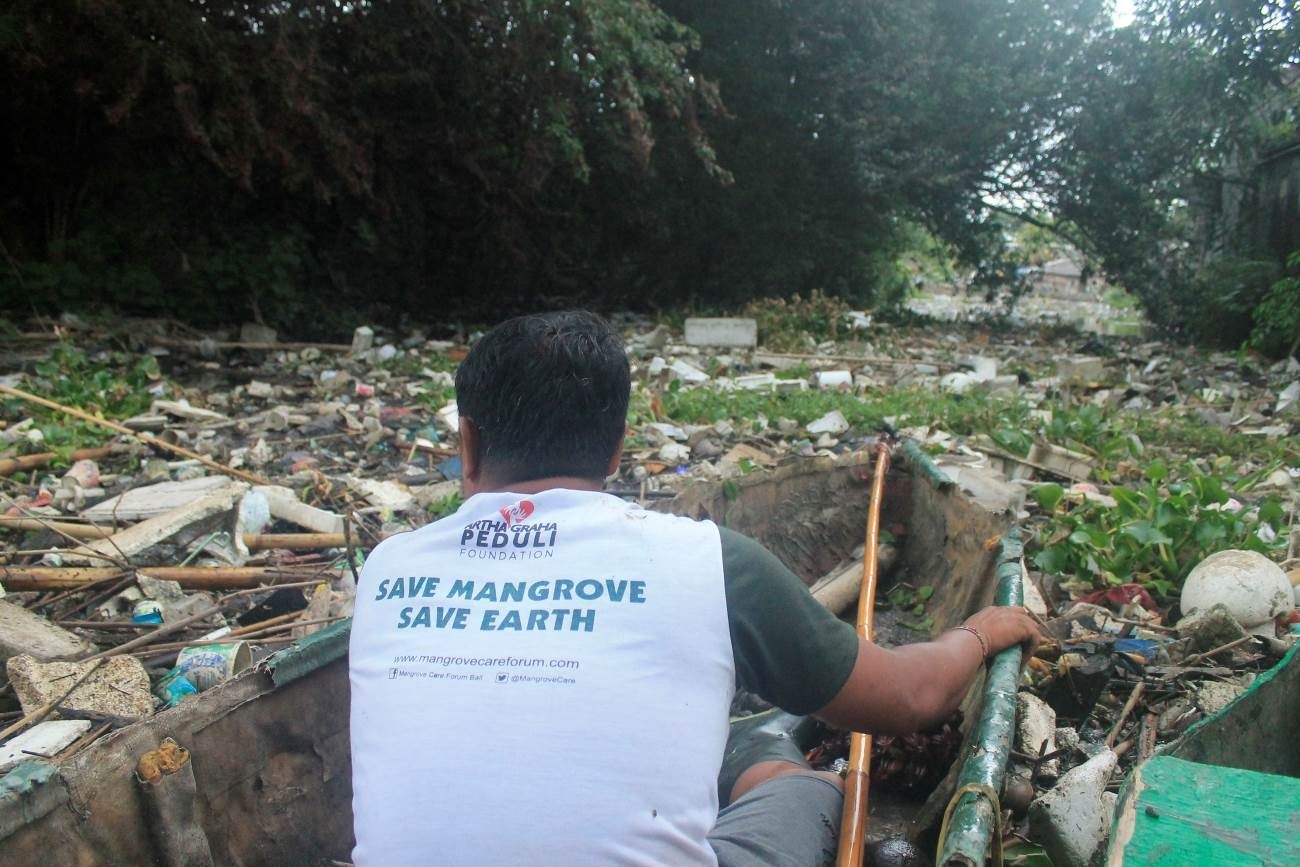
Mangrove forests in Bali are under threat over the past years for many different reasons. Mainly because of irresponsible and illegal human activities, either direct or indirect impact from human activities. Especially in Ngurah Rai Grand Forest Park as Forum Peduli Mangrove Bali (FPMB) working area. Ngurah Rai Grand Forest Park is both primary and secondary vegetation, meaning parts of it have never been cleared or removed while parts have regrown after the natural and human assisted destruction of the original vegetation. The primary factors identified in the decline of mangrove cover were land clearing for various purposes such as property and facility development, agriculture, pasture, and marine culture. They also die from firewood and timber harvesting, indirect cuts, oil spills, chemical pollution, sediment overload, plastic waste and disruption of their sensitive water and salinity balance. Moreover, organic wastes (sewage), toxic minerals (heavy metals), organic chemicals (pesticides and herbicides) suffocate the underwater sections of mangrove. These poisons also become concentrate within the cellular structure of the plants. Over time, these environmental stresses can kill large numbers of mangrove trees. The waste and water pollution in Ngurah Rai Grand Forest Park which located in Benoa Bay is a serious environmental problems and in a sense, similar to other estuarine environments, is a focal point of environmental impacts that originate elsewhere in the region. These problems range from eutrophication of the estuary due to nutrient loading through to biological pollution from untreated sewage effluent discharge. Five of the fresh water rivers that enter Benoa Bay from the north reach the estuary after travelling through many cities in northern area such Badung and Denpasar.